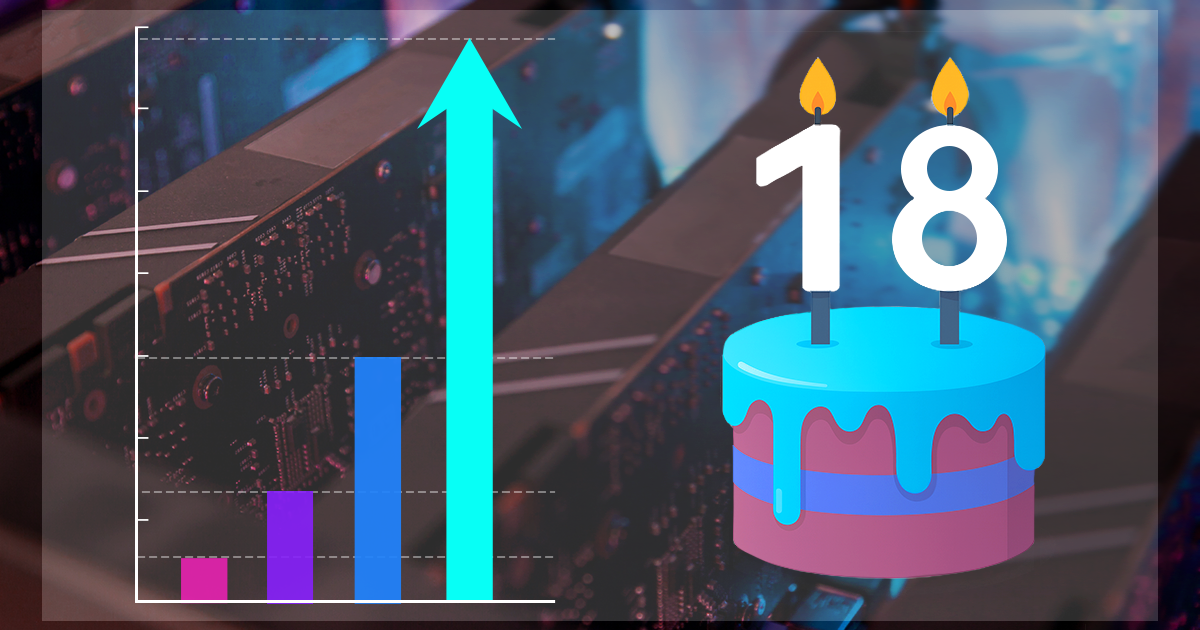December 17th, 2016 by Oleg Afonin
Before we start discussing Google’s two-factor authentication, let’s first look how Google protects user accounts if two-factor authentication is not enabled. If Google detects an unusual sign-in attempt (such as one originating from a new device located in a different country or continent), it may prompt the user to confirm their account. This can (or cannot) be done in various ways such as receiving a verification code to an existing backup email address that was previously configured in that account. Interestingly, even receiving and entering such a code and answering all the additional security questions Google may ask about one’s account does not actually confirm anything. Without two-factor authentication, Google may easily decline sign-in requests it deems suspicious. From first-hand experience, one is then forced to change their Google Account password. (Interestingly, Microsoft exhibits similar behavior, yet the company allows using two-factor authentication in such cases even if two-factor authentication is not enabled for that account. Weird, but that’s how it works.)
Read the rest of this entry »

